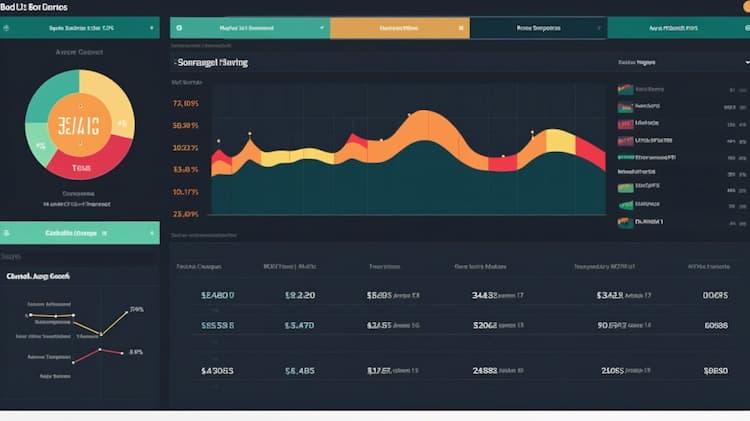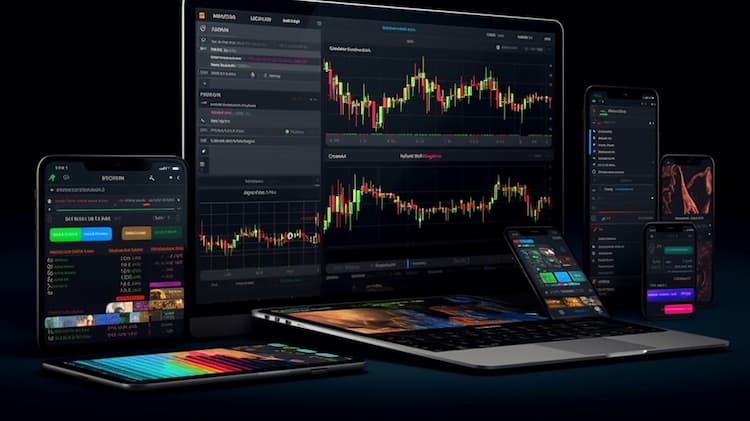
DGL Vs PHYS: Capitalization and Strategy
Exchange-Traded Funds (ETFs) have become a cornerstone of modern investing, providing investors with an easy and diversified way to access various sectors and asset classes. In this article, we will embark on a thorough comparison between two prominent ETFs: DGL (Invesco DB Gold Fund) and PHYS (Sprott Physical Gold Trust). We'll delve into essential aspects such as ETF tickers, full names, issuers, sectors, top holdings, capitalization, strategy, tracking, and exposure.
DGL Vs PHYS: Overview
DGL and PHYS are two ETFs that focus on providing exposure to the price of gold. However, they achieve this goal through different methodologies. DGL aims to track the performance of the Deutsche Bank Liquid Commodity Index - Optimum Yield Gold Excess Return Index. On the other hand, PHYS holds physical gold bullion in a secure vault and is designed to replicate the performance of the gold bullion market. This distinction in their underlying strategies leads to distinct investment opportunities and risk profiles.
DGL Vs PHYS: Sectors and Top Holdings
While both DGL and PHYS are primarily centered around gold, their holdings and sectors offer interesting differences. DGL invests in gold futures contracts, allowing investors to gain exposure to gold's price movements without owning physical gold. In contrast, PHYS's primary holding is actual physical gold stored in secure vaults. This variance in approach can impact factors like storage costs, tracking accuracy, and investor preferences.
 DGL overlap DGL VS PHYS
DGL overlap DGL VS PHYS
DGL Vs PHYS: Capitalization and Strategy
DGL and PHYS differ in their asset under management (AUM) and investment strategies. DGL's AUM reflects its popularity and trading volume, contributing to its ability to track the performance of the underlying index effectively. PHYS, with its focus on physical gold, doesn't have an index to track. Instead, it aims to closely mirror the price of gold by owning and storing the physical metal. This divergence in strategies can lead to variations in returns and expenses.
DGL Vs PHYS: Tracking and Exposure
The tracking and exposure mechanisms of DGL and PHYS highlight their unique attributes. DGL employs futures contracts to mirror the performance of its index, providing a derivative-based exposure to gold. In contrast, PHYS's strategy involves purchasing and securely storing gold bullion, offering a more direct and tangible exposure to the underlying asset. Depending on investors' preferences and views on derivatives versus physical ownership, one ETF might be more suitable than the other.
Conclusion
DGL and PHYS exemplify the diverse landscape of ETFs within the gold market. While DGL focuses on futures contracts to replicate gold's performance, PHYS provides investors with a tangible ownership experience by holding physical gold. The choice between these ETFs hinges on factors such as risk tolerance, investment goals, and beliefs about gold's role in a diversified portfolio. For those interested in gaining a deeper understanding of holdings, overlaps, correlations, and other intricate insights, utilizing tools like ETF Insider can be invaluable. This user-friendly app offers comprehensive information about various financial instruments, empowering investors to make informed decisions.
Disclaimer: This article is intended for informational purposes only and does not provide investment advisory services. Before making any investment decisions, readers are advised to conduct thorough research and consider seeking advice from qualified financial professionals.
Sources:
https://etfdb.com/ DGL ETF issuer
https://etfdb.com/etf/DGL/ DGLETF official page
FAQ
Why is DGL better than PHYS?
DGL may be considered better than PHYS for some investors due to its specific focus, offering diversification.
Does PHYS beat DGL?
PHYS's performance relative to DGL will vary over time, depending on market conditions.
Should I invest in DGL or PHYS?
The choice between DGL and PHYS should align with your investment goals, risk tolerance, and desired exposure.
Are DGL and PHYS good investments?
Both DGL and PHYS can be suitable investments depending on individual investment strategies, goals, and risk profiles.
What is the correlation between DGL and PHYS?
The correlation between DGL and PHYS can vary over time, reflecting differences in performance.









